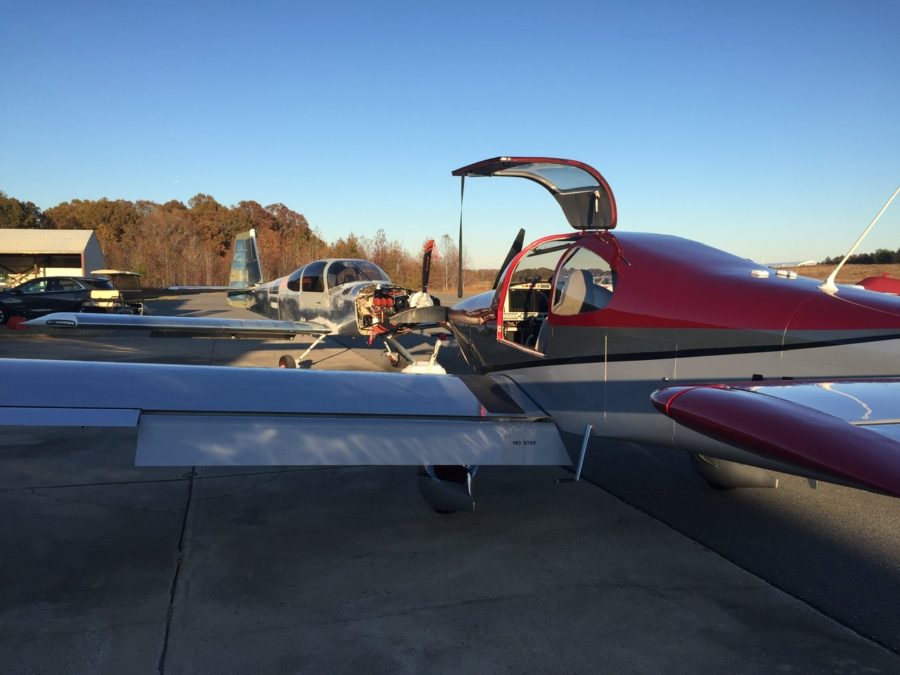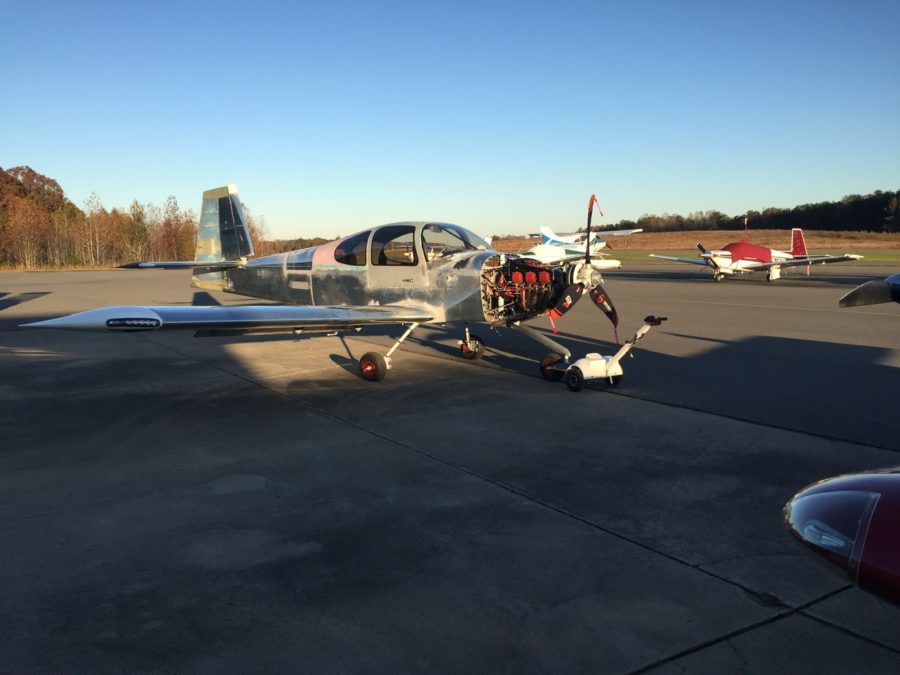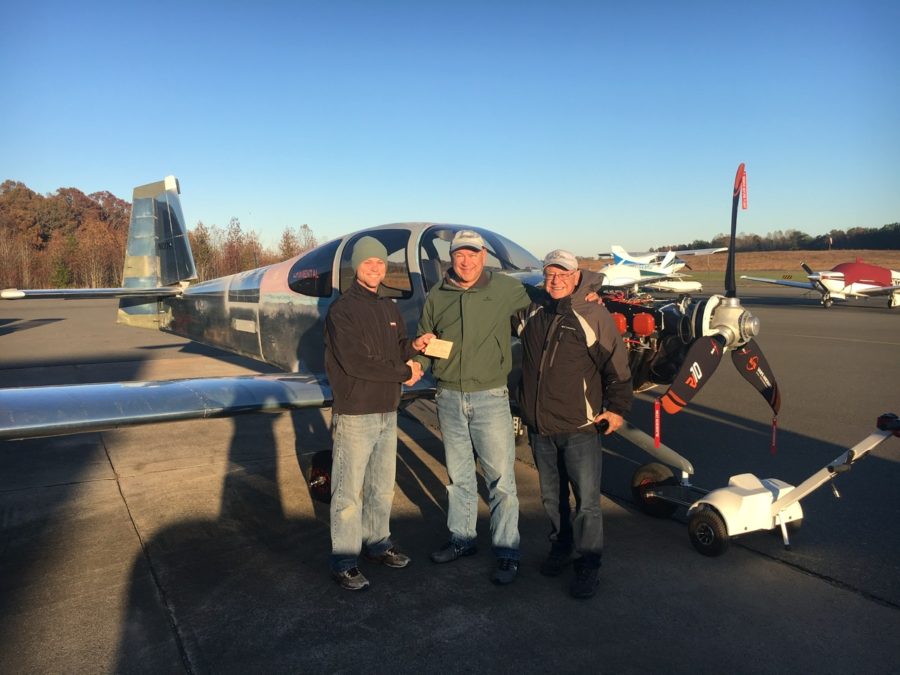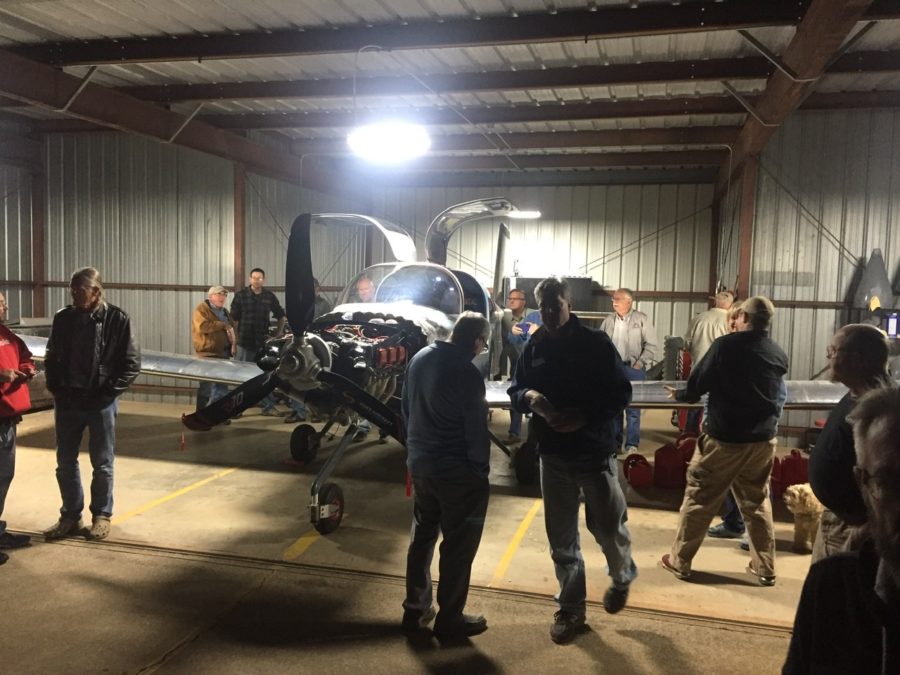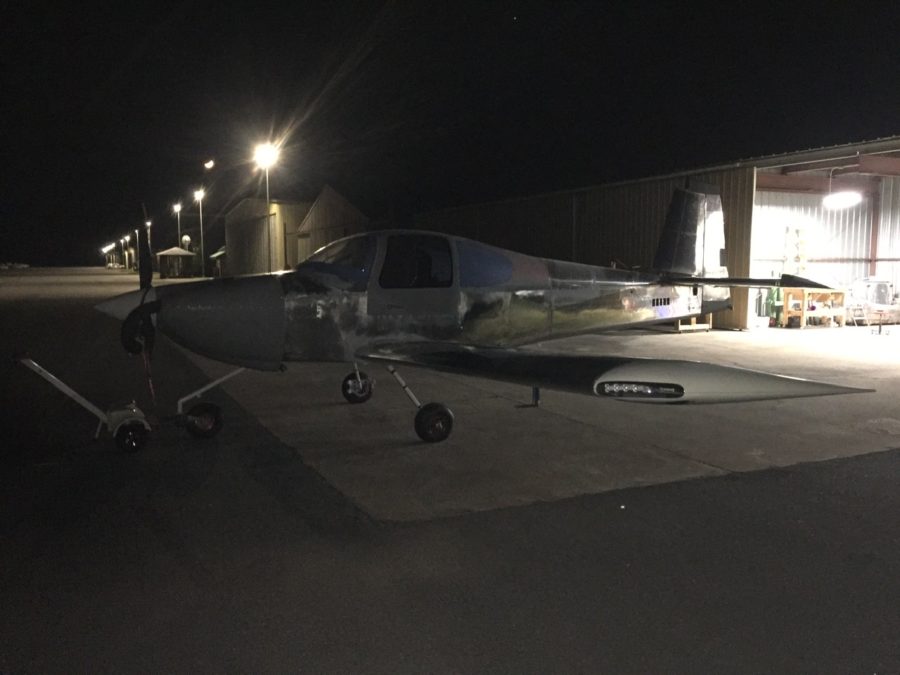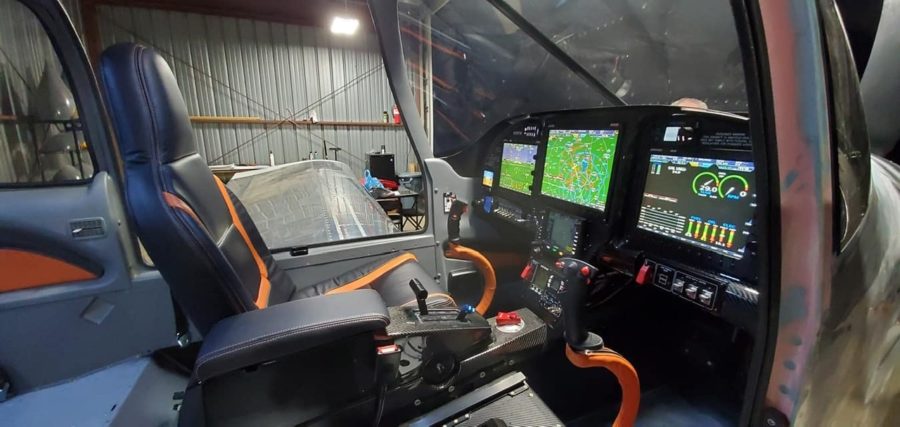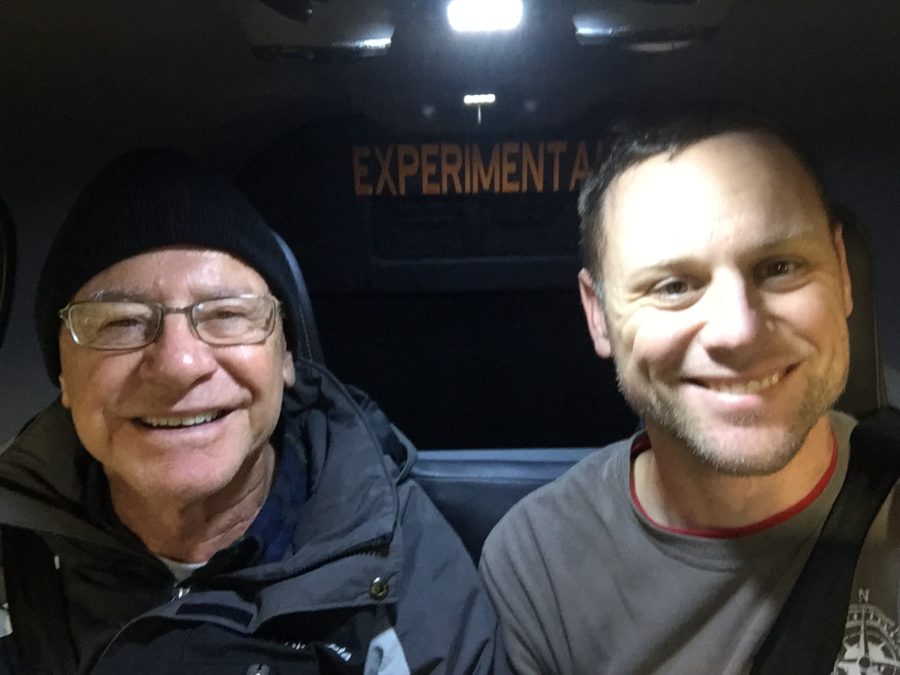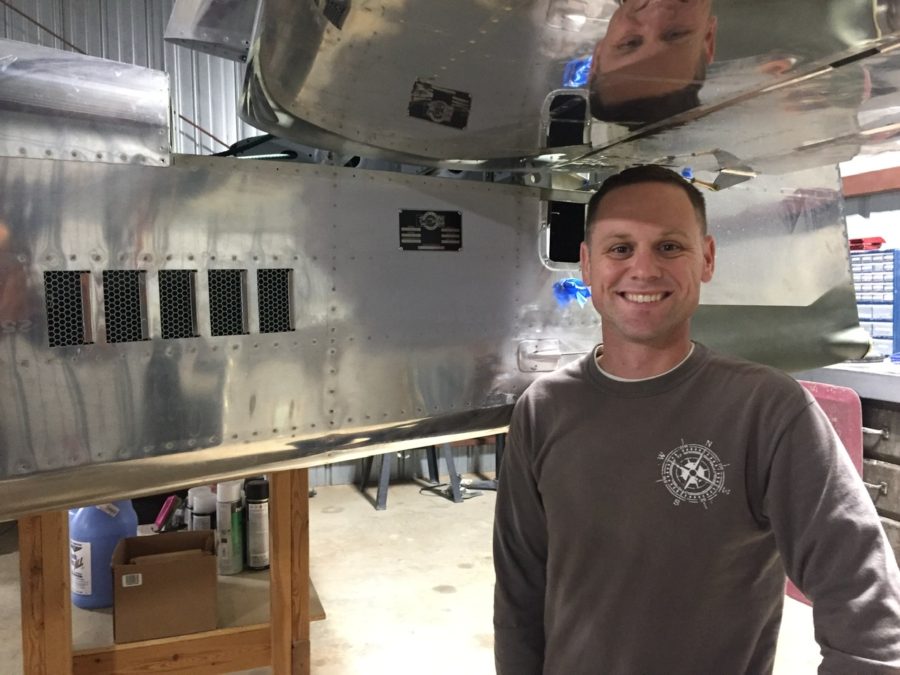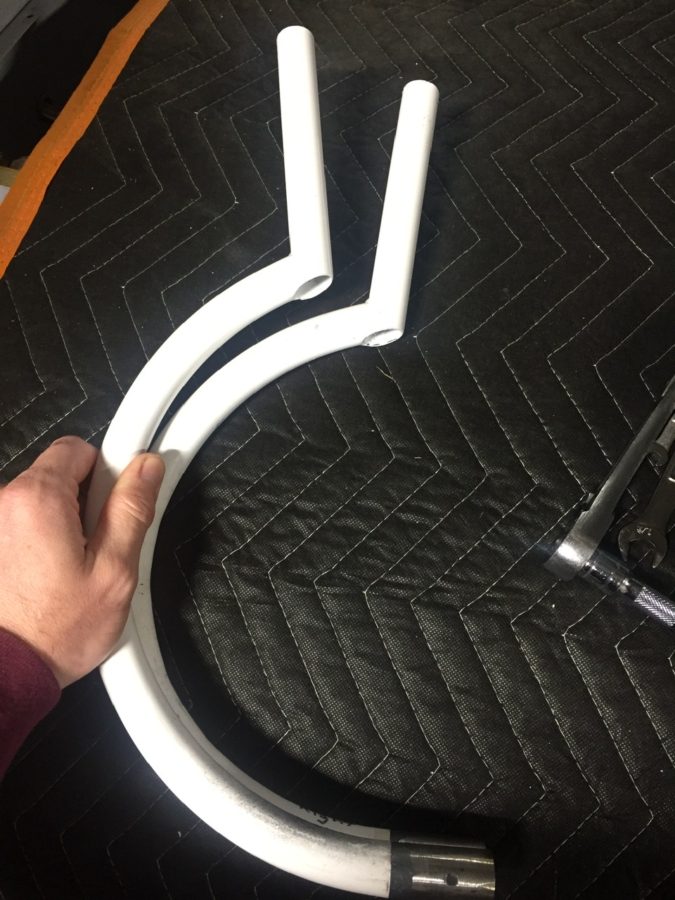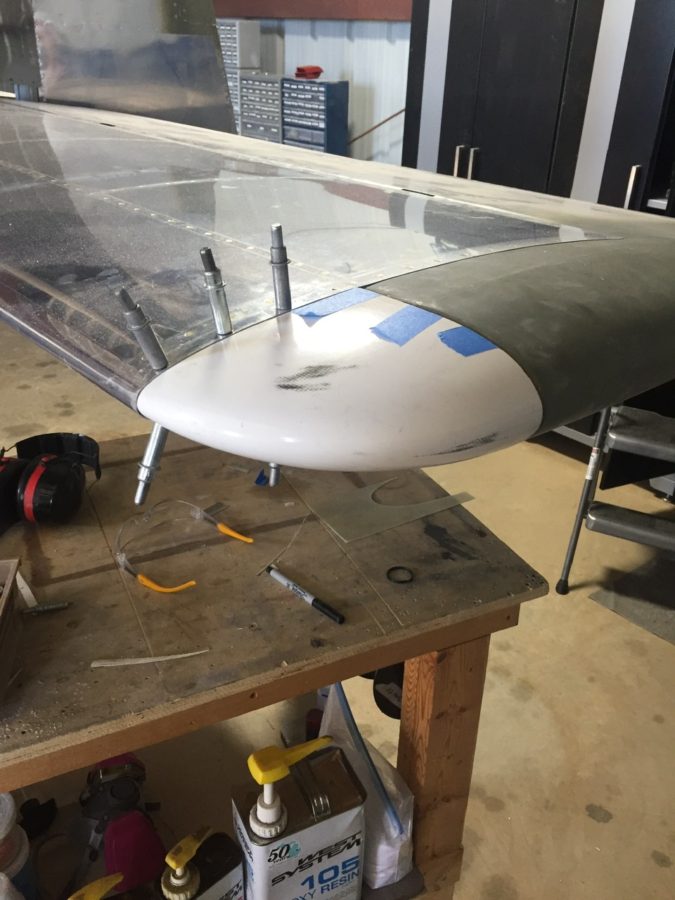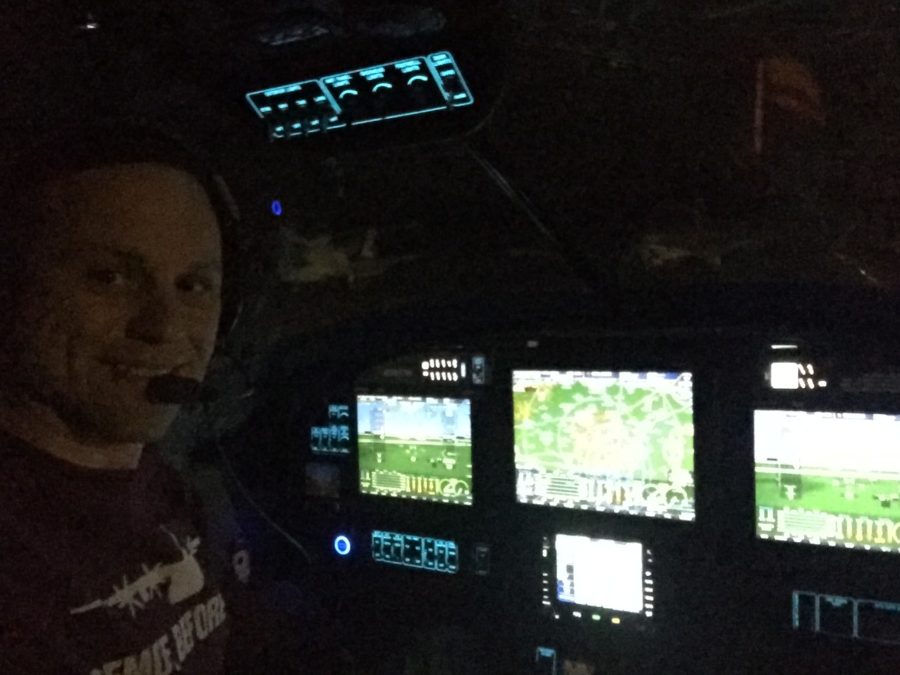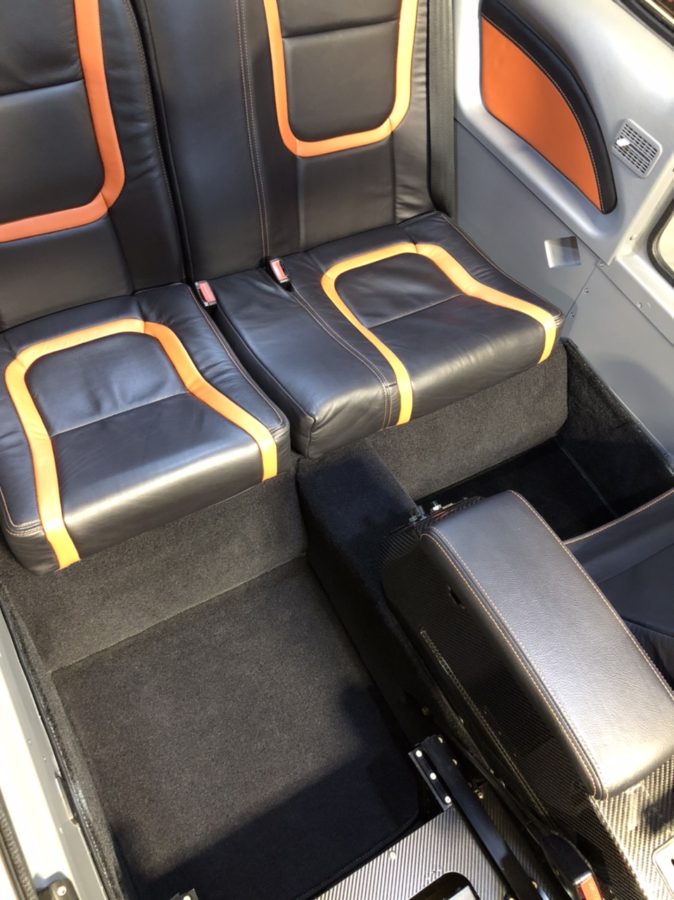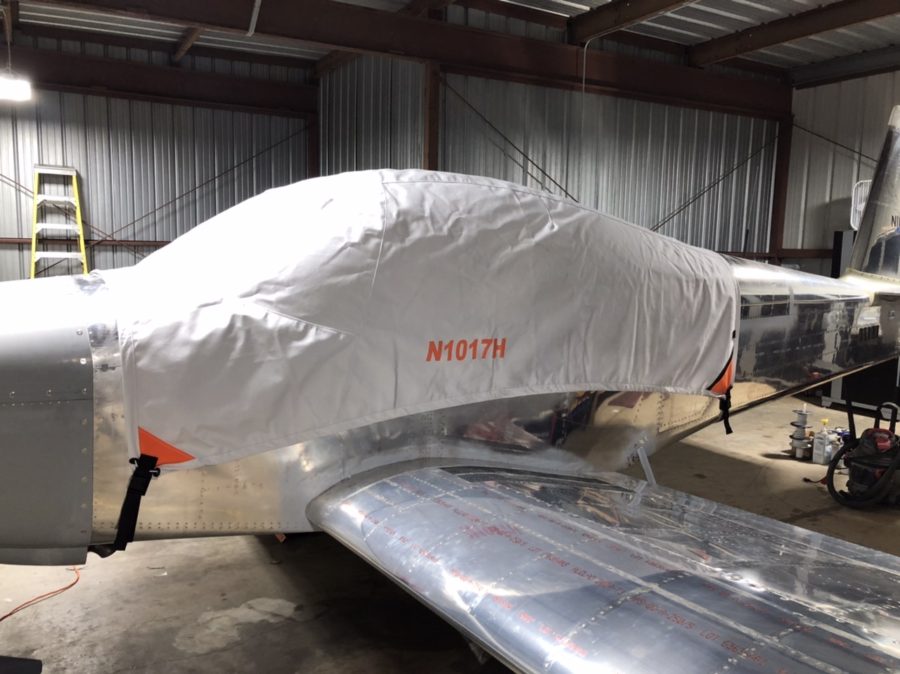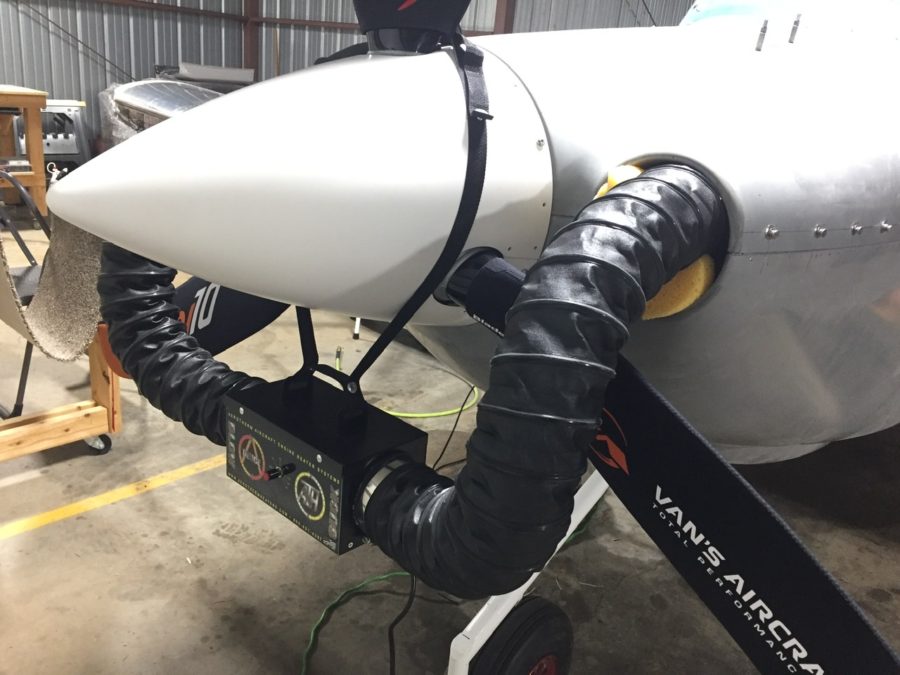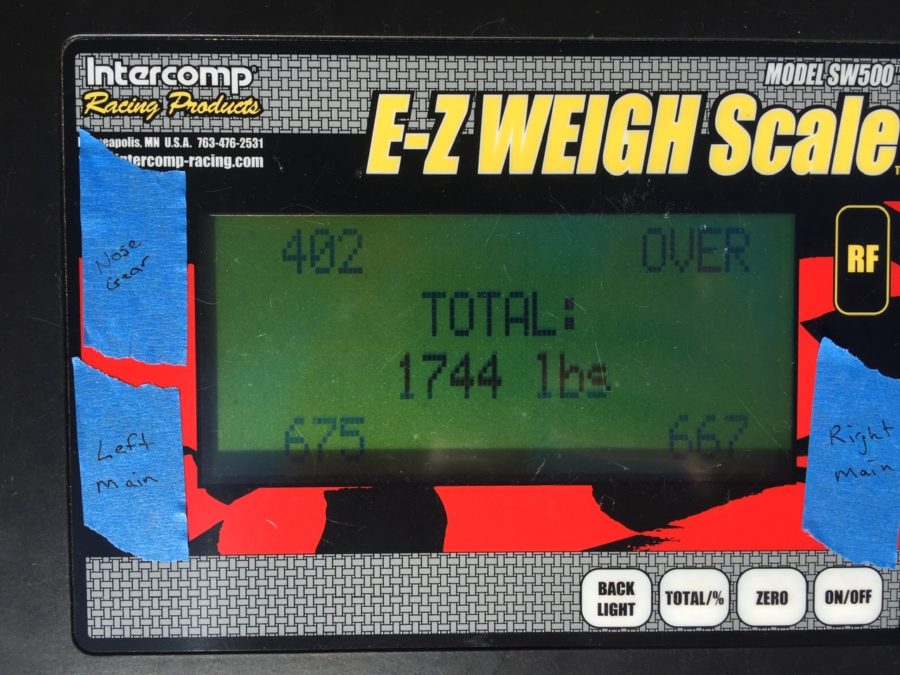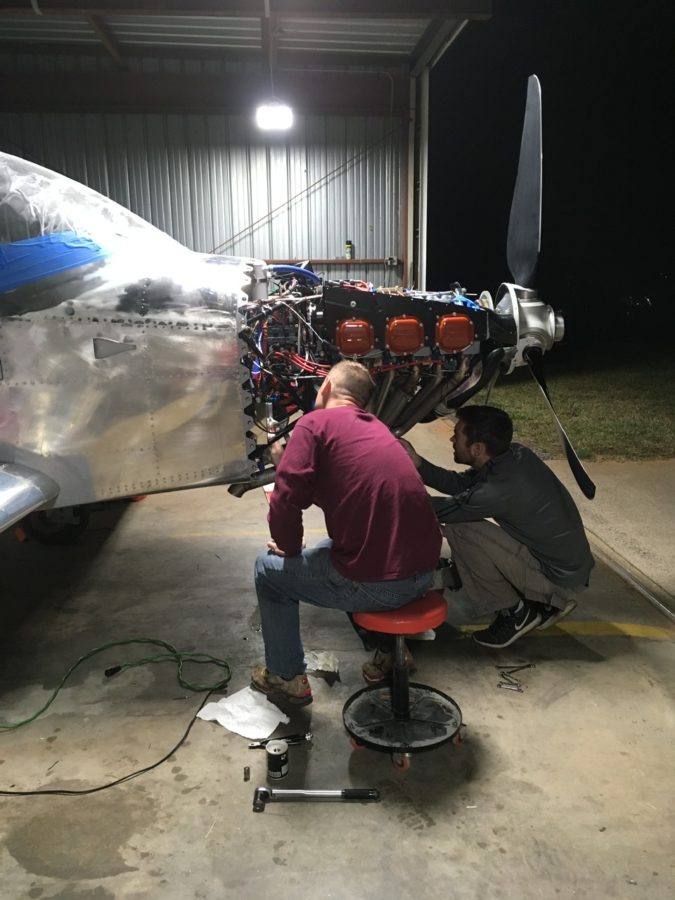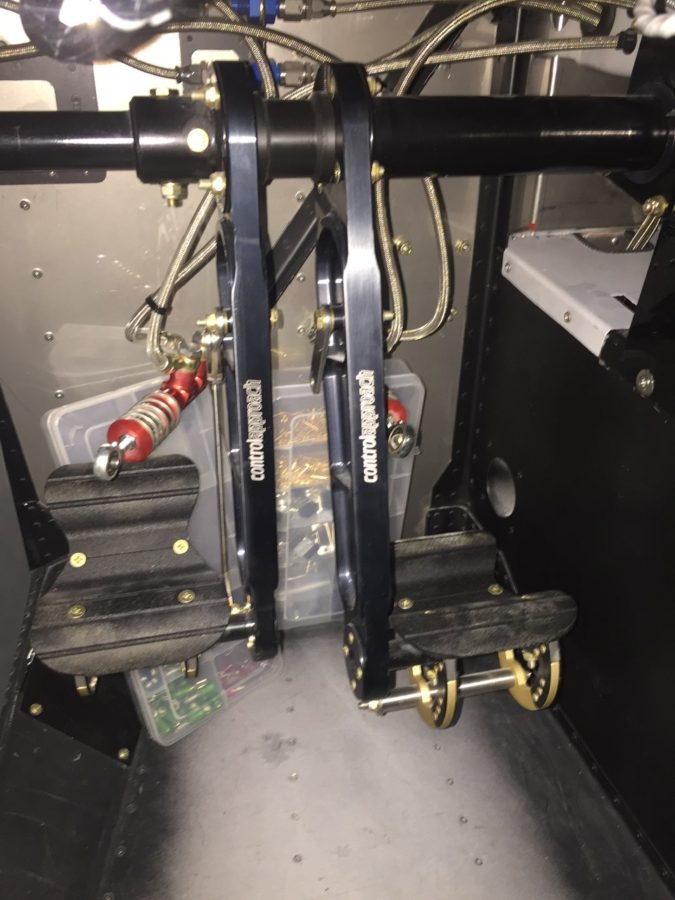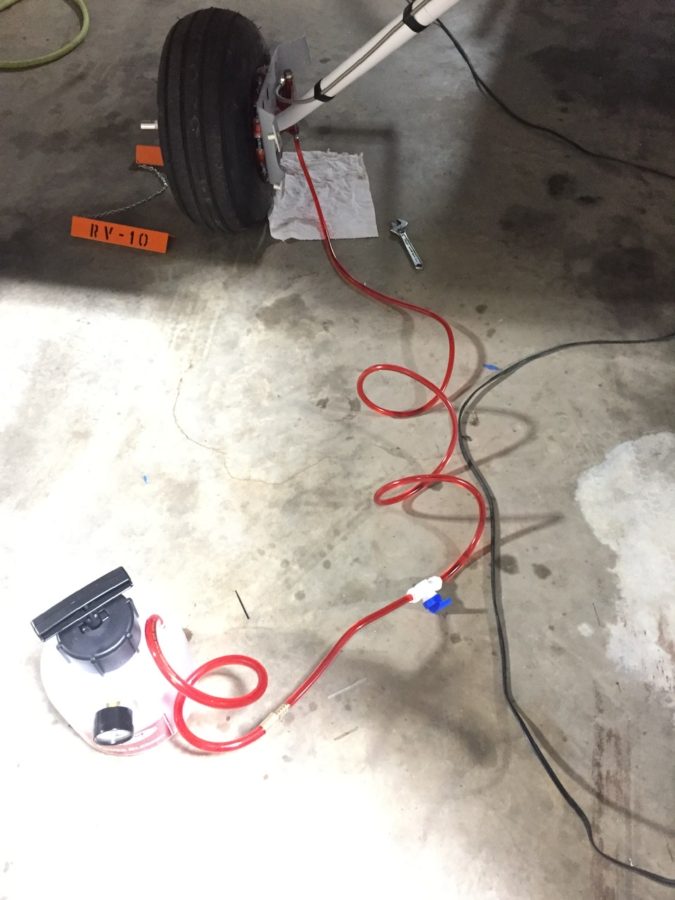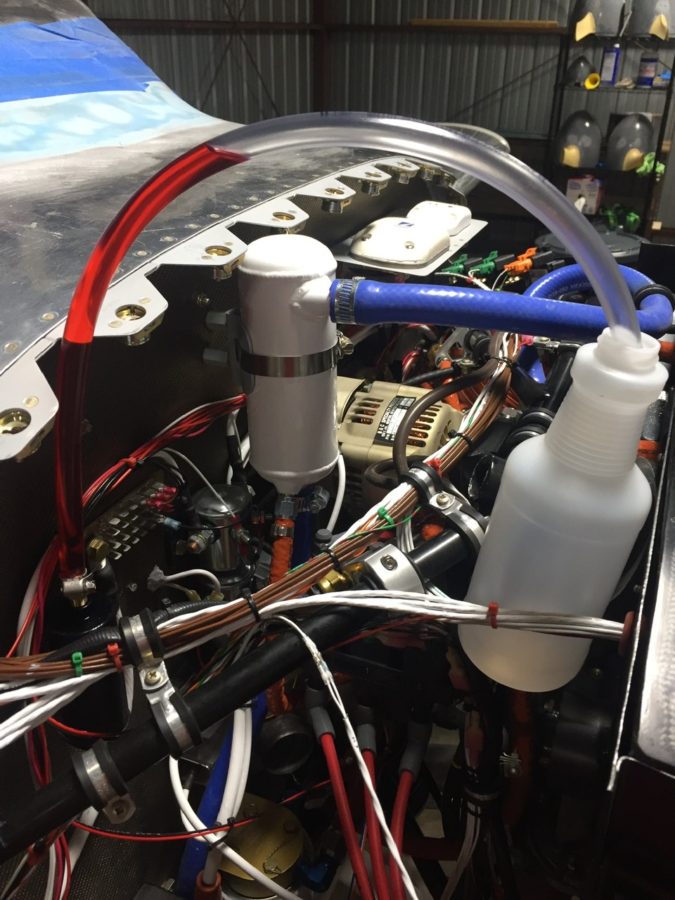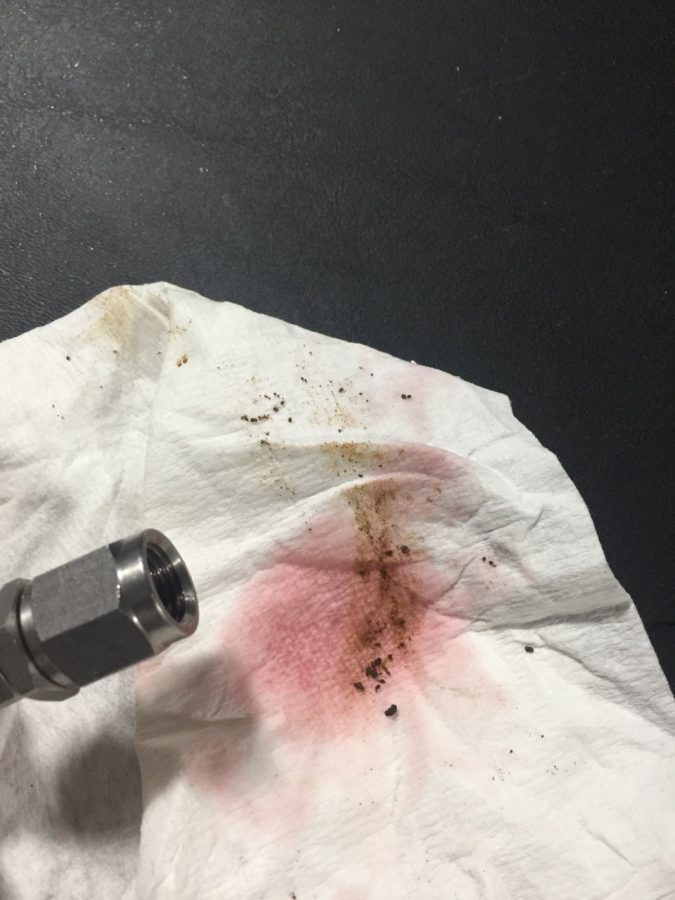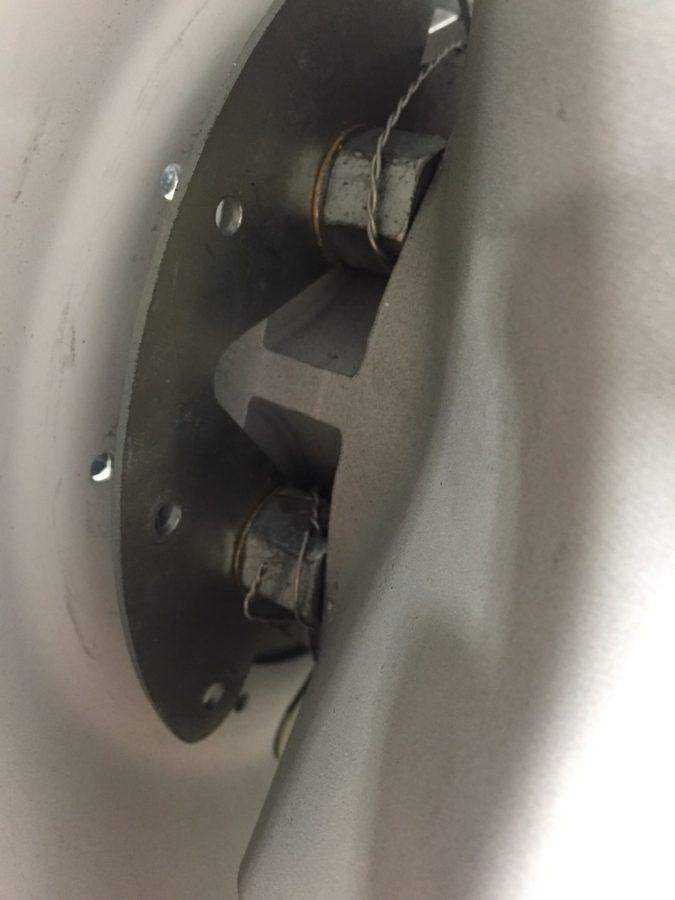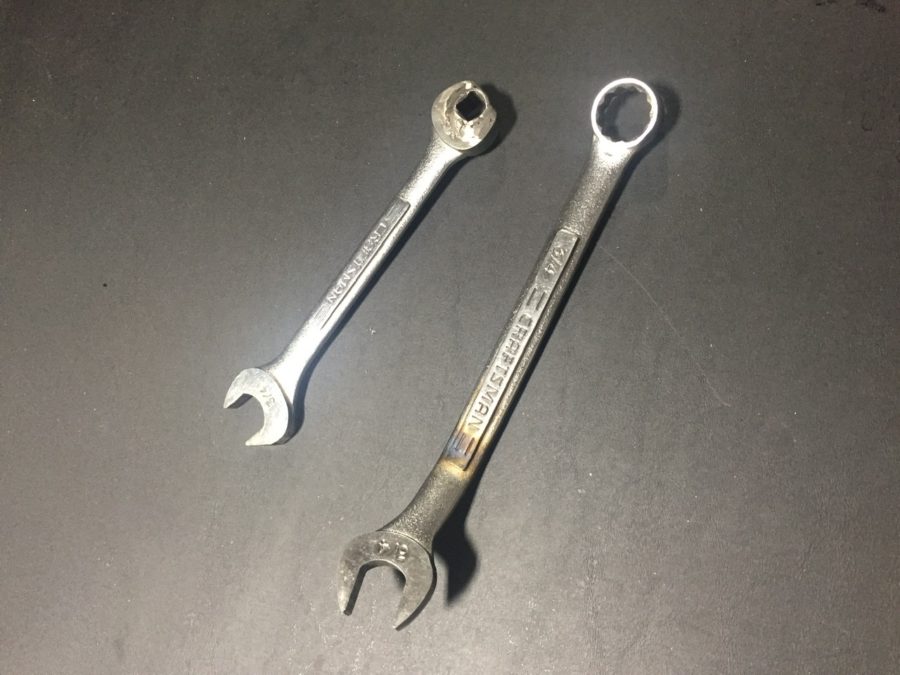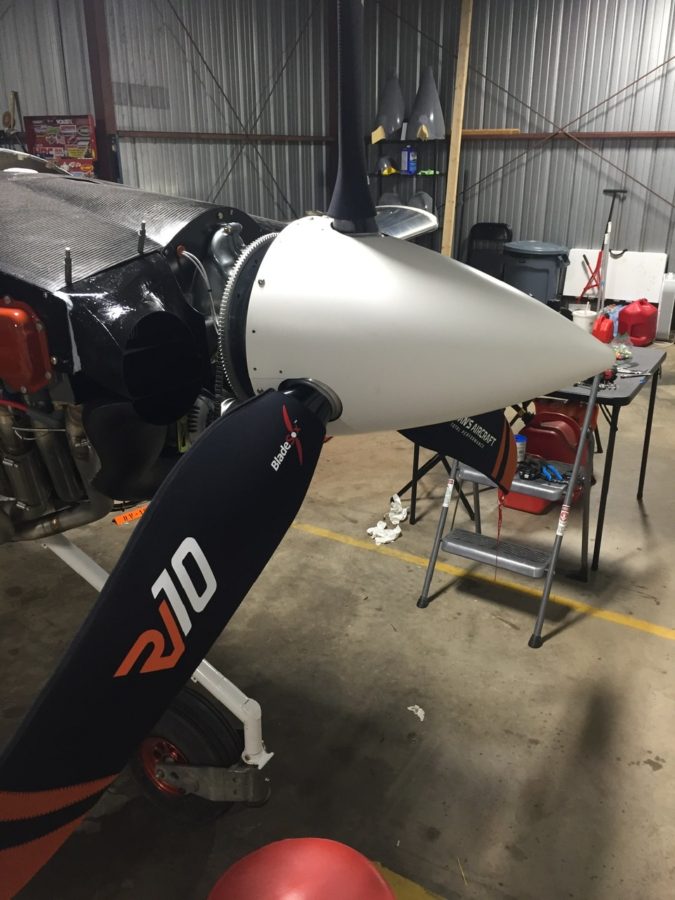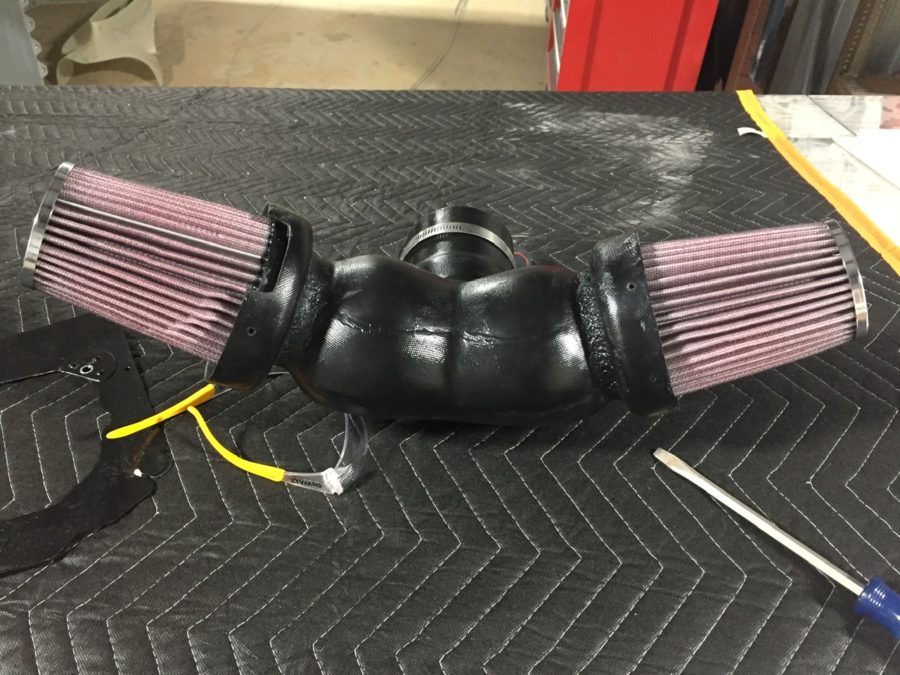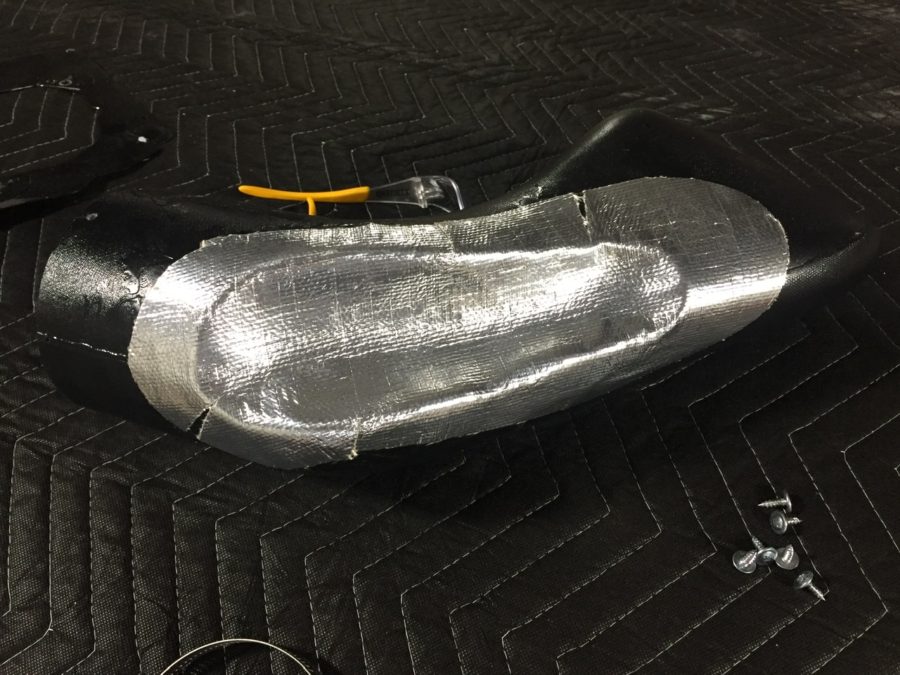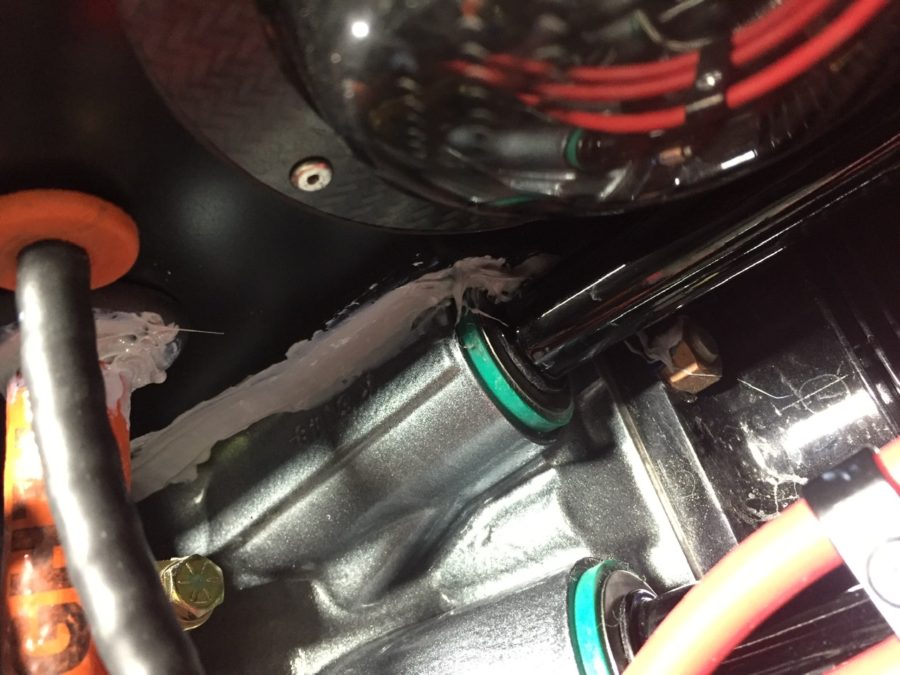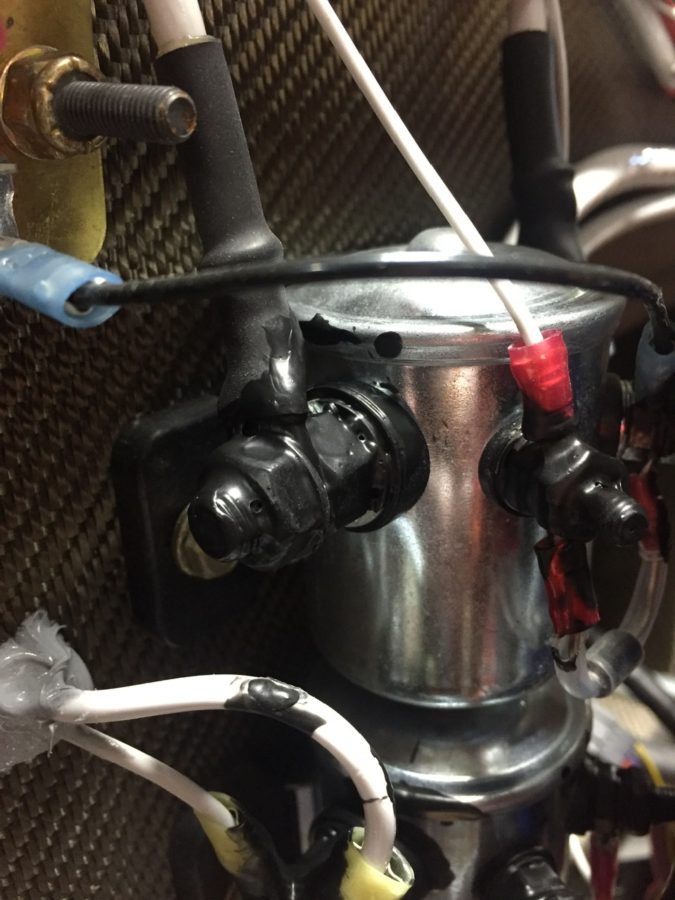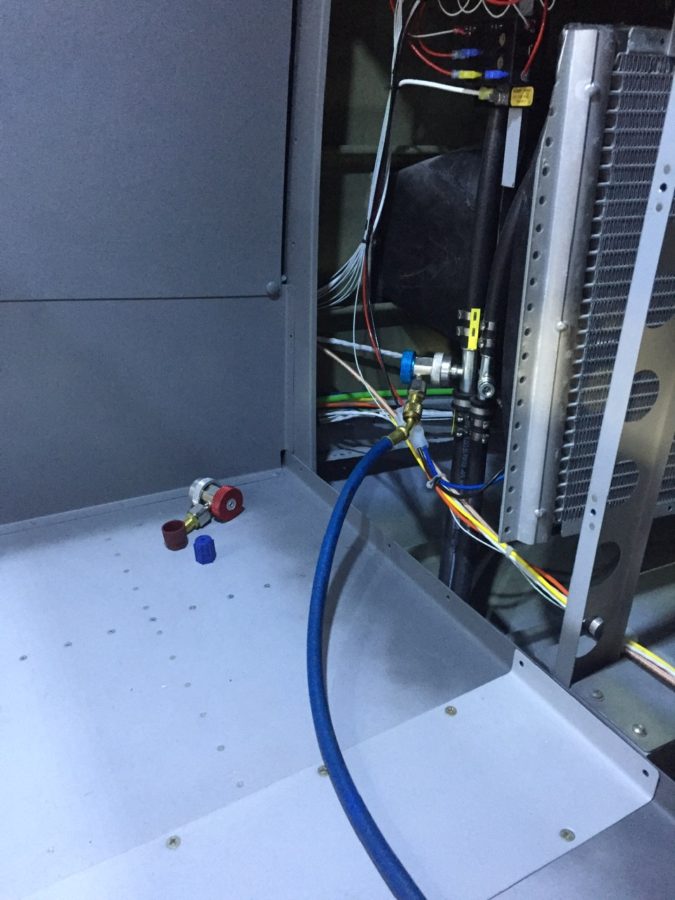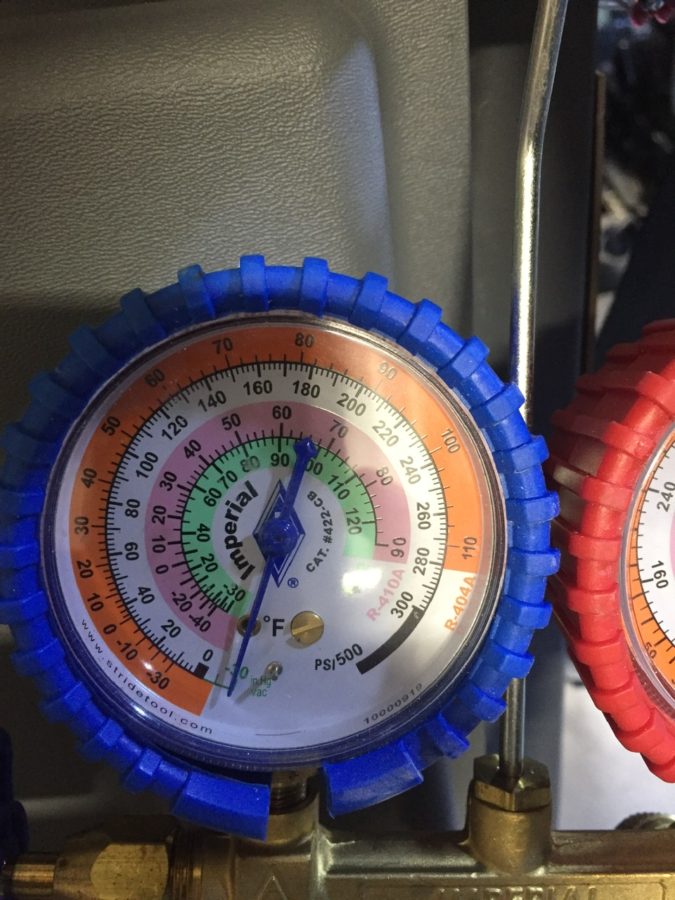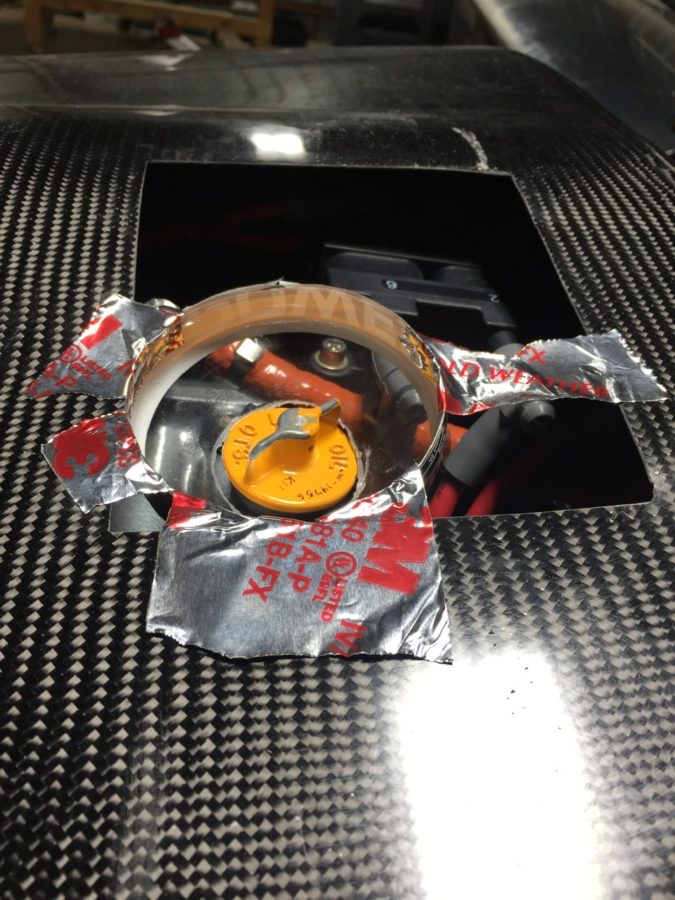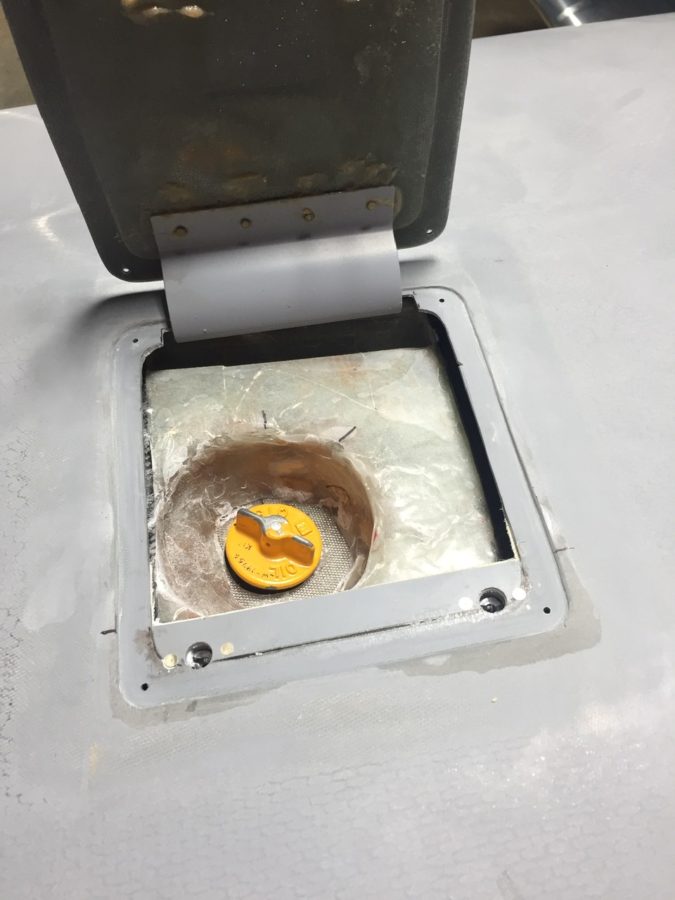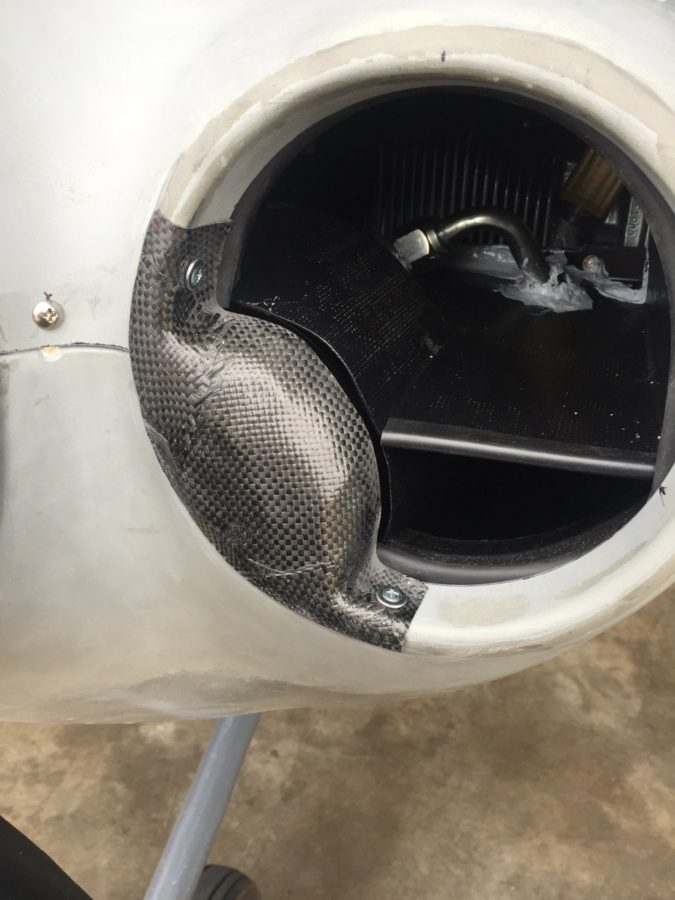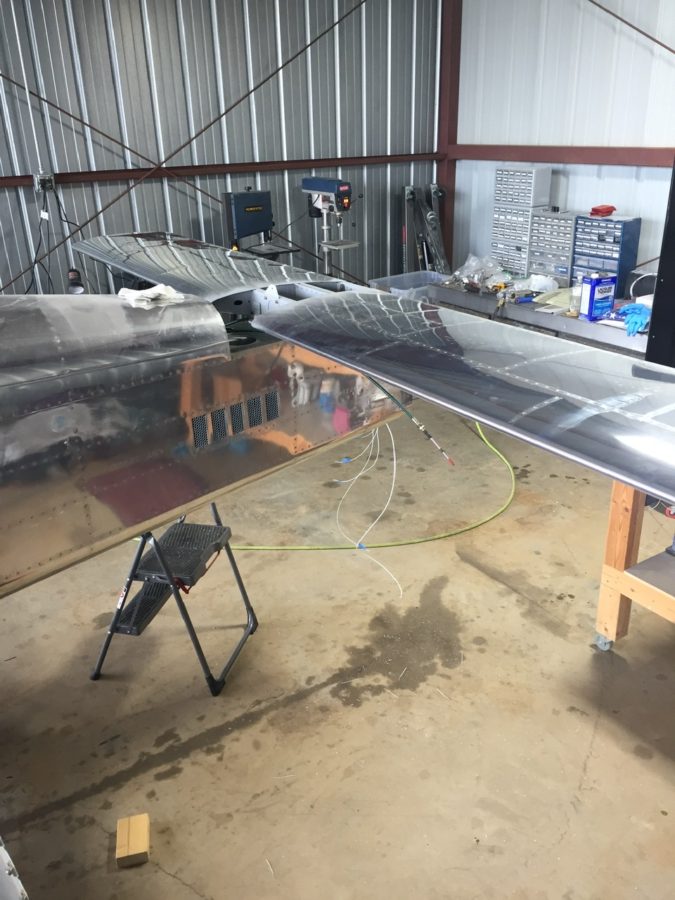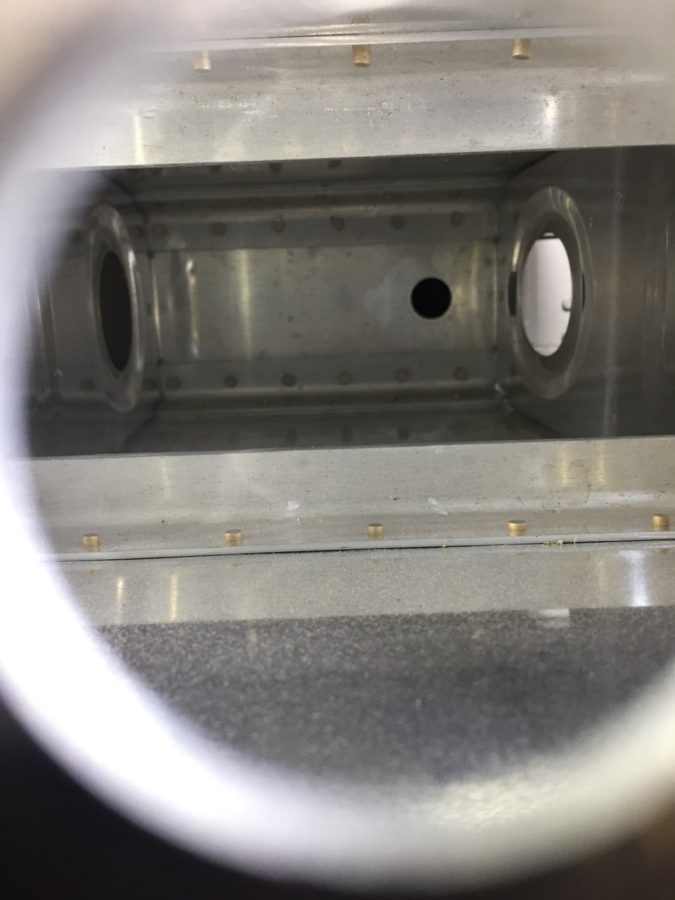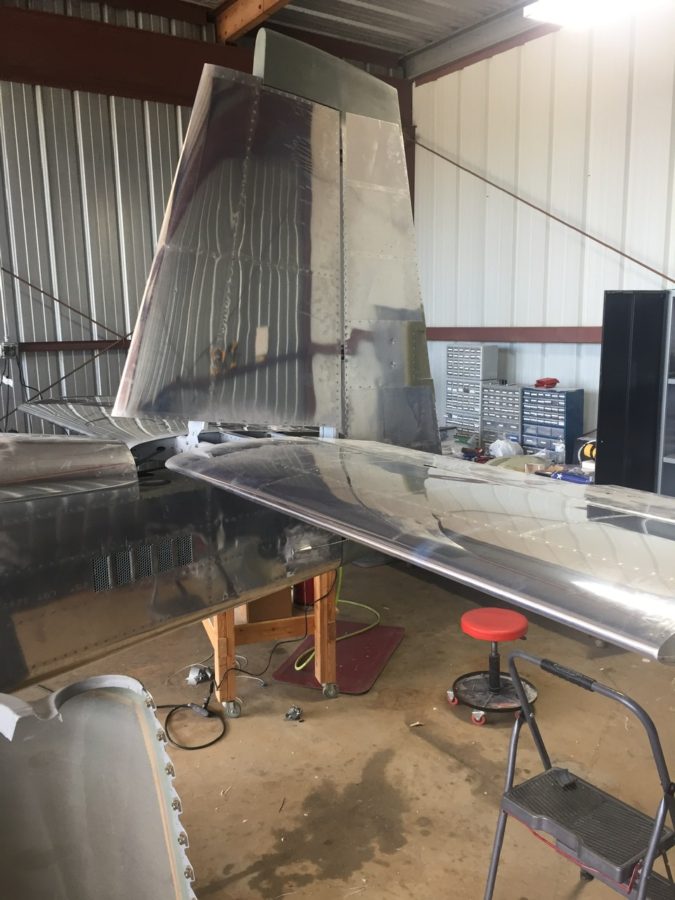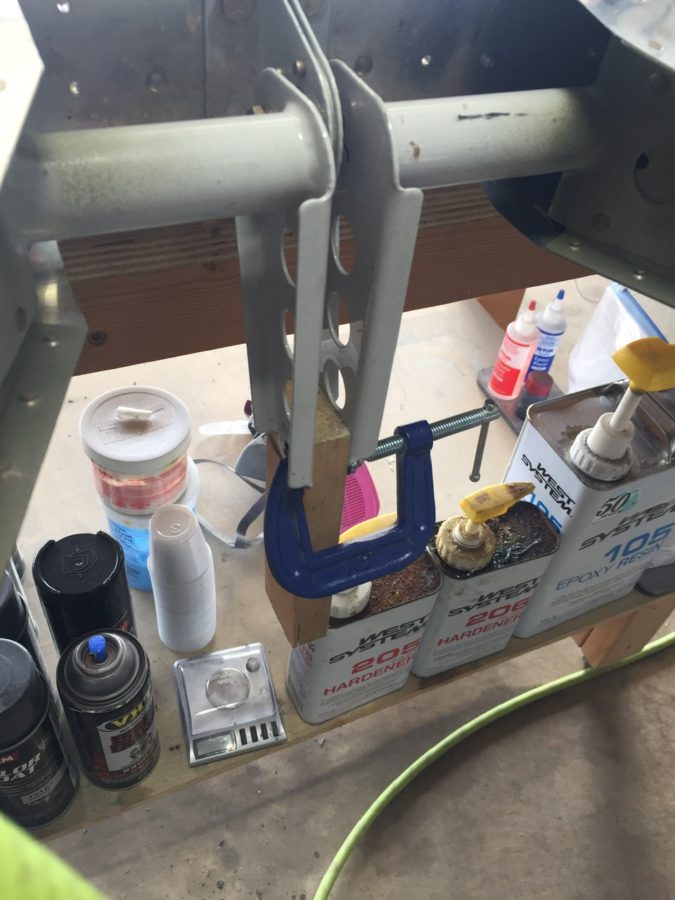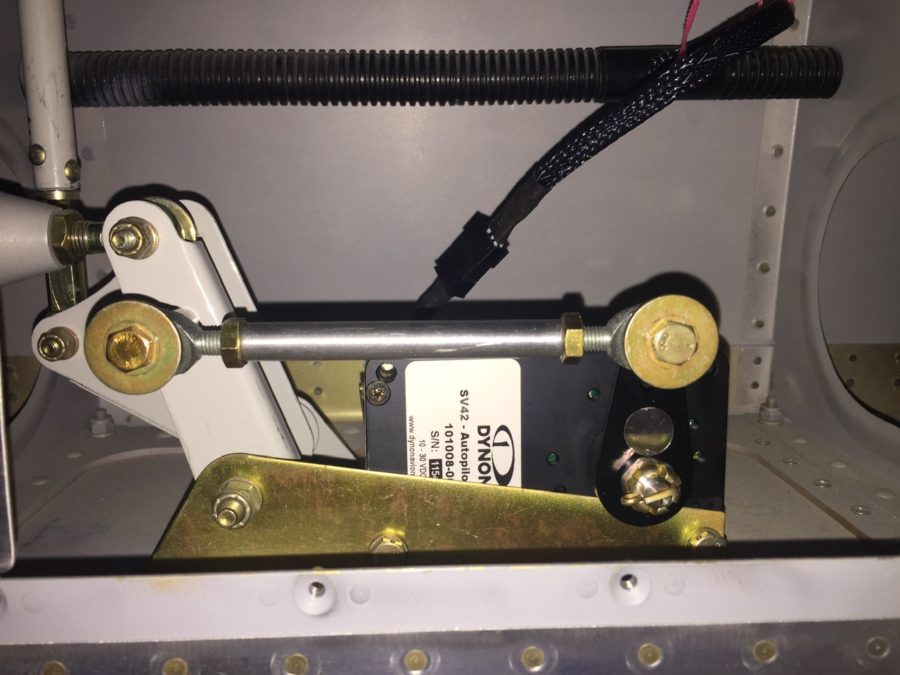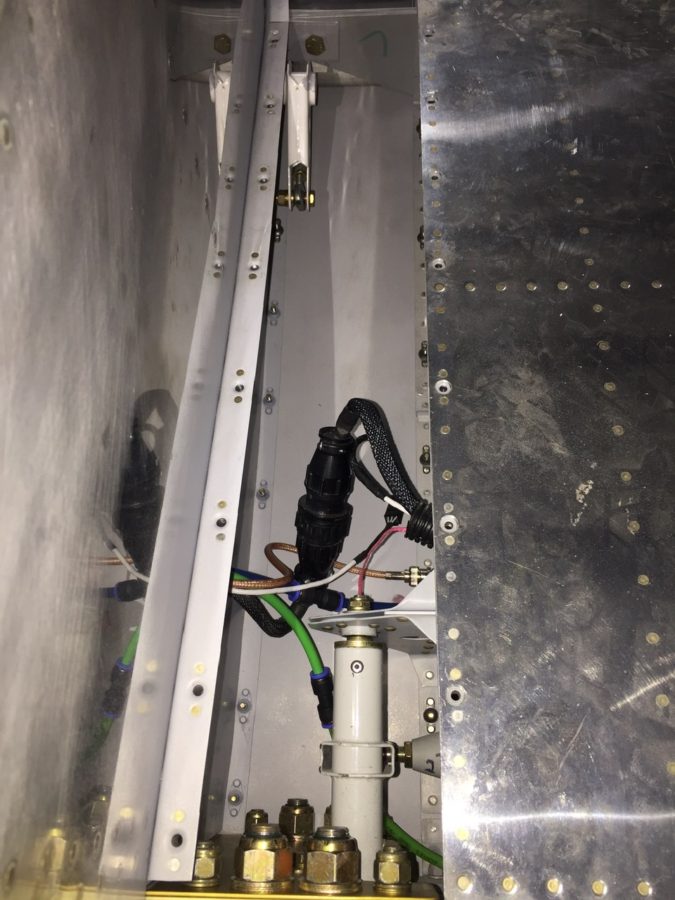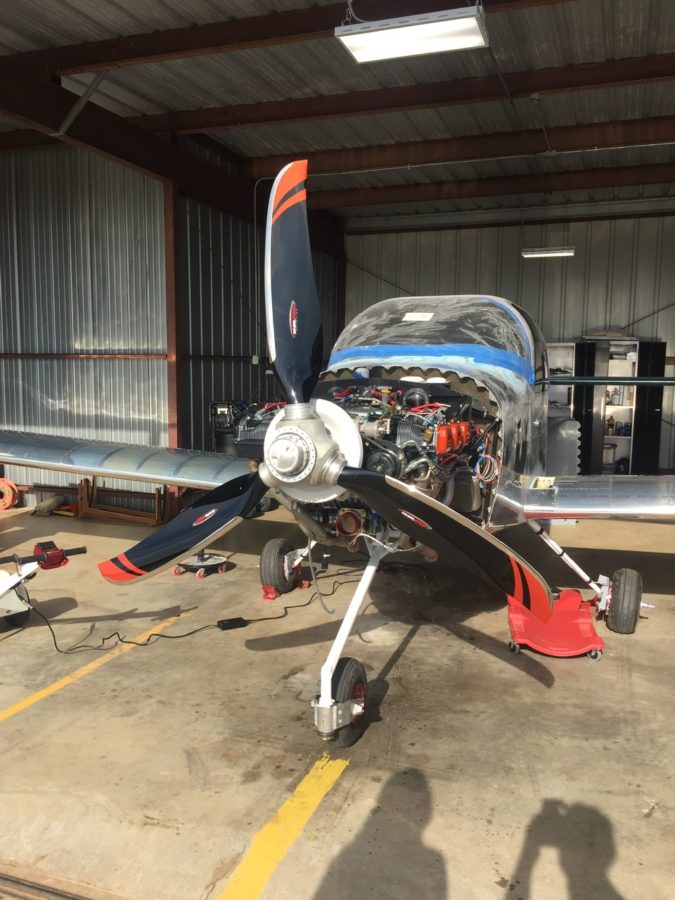Since I now have an airplane, the next logical step is to fly it right? Kick the tires and light the fires! Dad, Laura, and I celebrated the certificate with a nice dinner full of phone calls and texts from friends, family, and well wishers. This community is simply amazing. So many people congratulating us on our accomplishment like we are old friends. Some we haven’t even met in person!
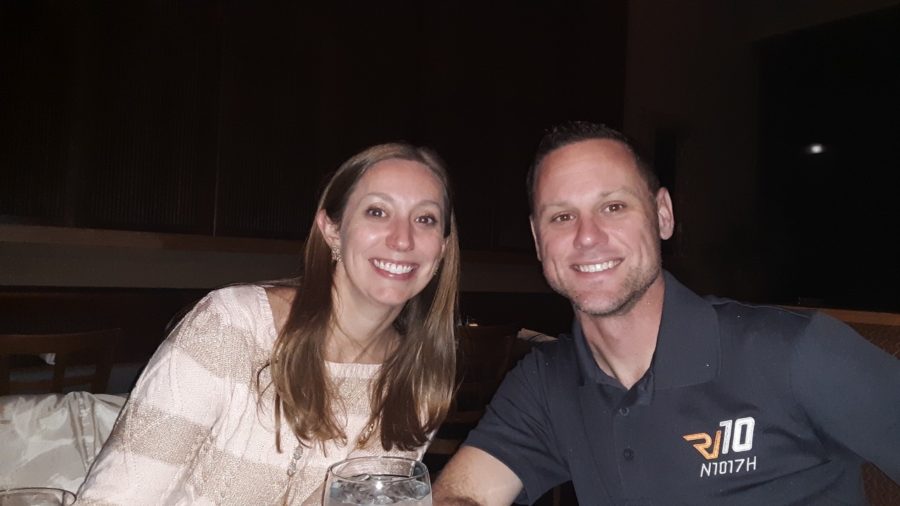
Mark Ciaglia and Charlie Derk have especially been motivators to me. Mainly, I want to build a better plane than both of those losers and no doubt I have. We have a group text running back years at this point full of questions, this is what I did, that’s stupid I’d never do it that way, and remind me never to fly in (fill in the blank)’s plane. Seriously though, these guys have been such a rock to lean on for advice, ideas, encouragement, and comradery. They both have amazing RV-10s in the works and no doubt will be amazing accomplishments. Anyway, not to get too sappy, we received an awesome gift in the mail that required a signature with a note that only Mark and Charlie could come up with. Thanks guys, I hate you too.
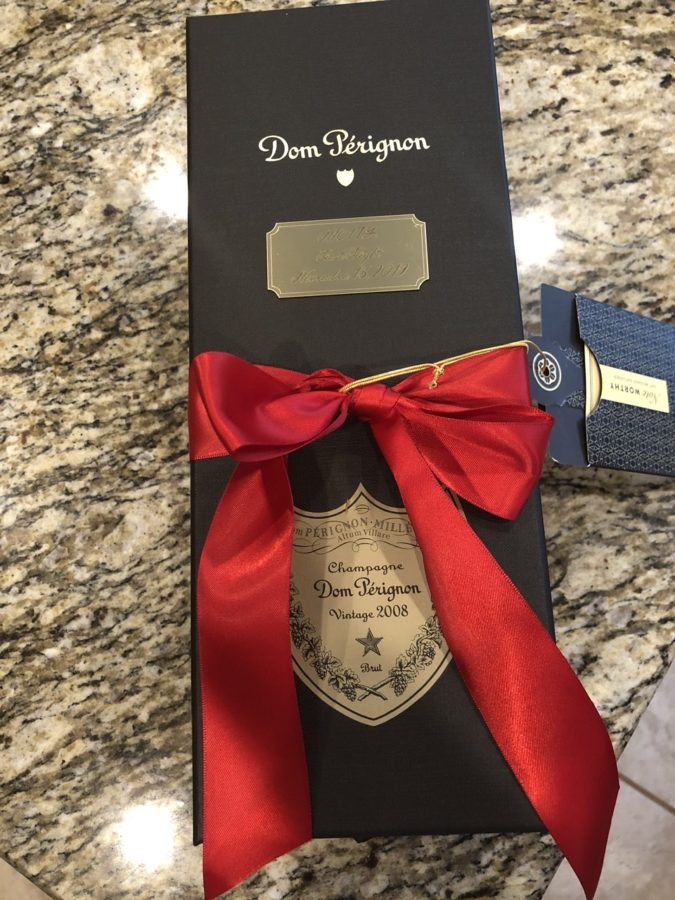
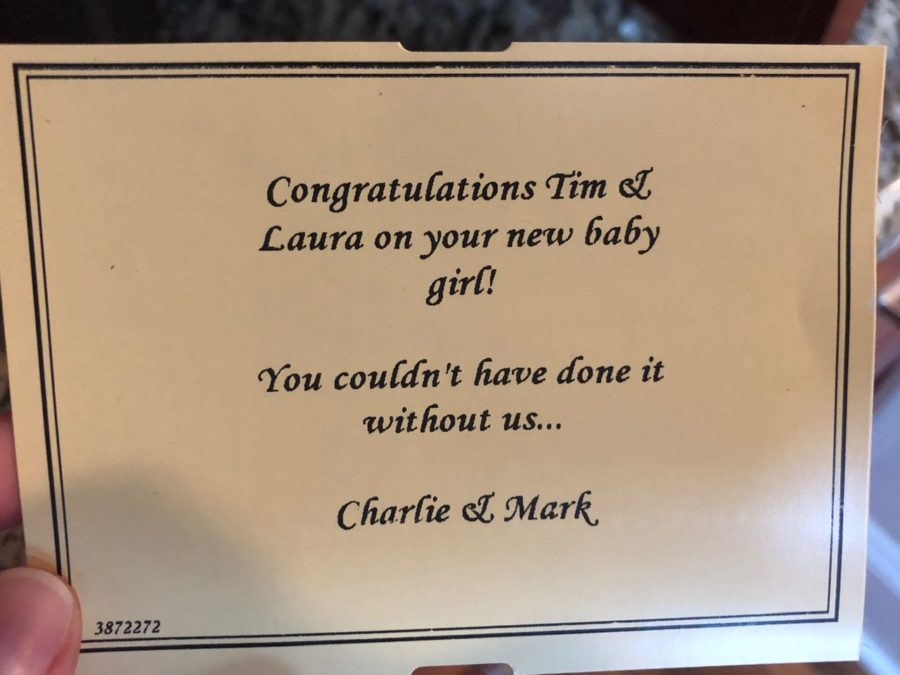
Dad and I put everything back together on the plane the next day with gloomy skies preventing the temptation of first flight. We spent some time going over the plane again just to quadruple check everything. I also gave dad his first ride in the plane when I towed it down to the compass rose to calibrate the ADAHRS and magnetometer. He did great and didn’t even get sick. Something tells me the 20-something-thousand hours as a pilot contributed to his courage and brake-riding expertise! When we ran out of things to check, we called it a day and put her to bed one last time before she flies.
Friday, November 15th dawned with partly cloudy skies and light winds with a small chance for isolated showers. The weather was good, the plane was ready, and I was out of excuses. So my ground crew consisting of Dad, Laura, and Parish all headed towards the hangar ready to fly. Laura set up the camera as Dad and Parish established comms with a handheld radio and took up station next to the runway. I did another pre-flight inspection and had some solo time with the plane before strapping in.
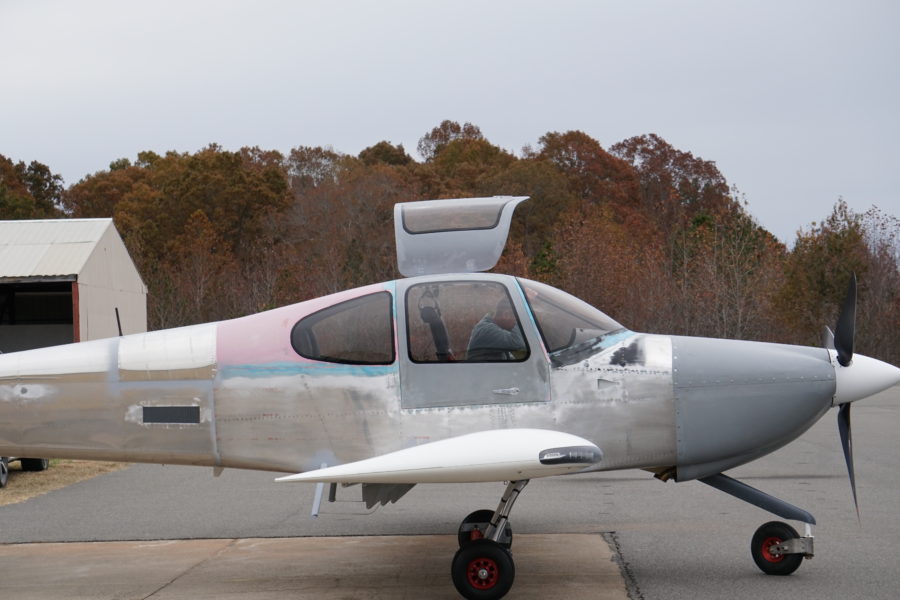
Using the EAA test flight cards, the first flight is all about ensuring the plane flies well and beginning to break in the engine. Keep the power above 80%, keep the temps as low as possible, and stay within gliding distance until confident there’s no big issues. Dad and I worked out a plan for me to take off and orbit the pattern at 3000′ while shaking down the plane and engine. If any issues popped up, I’d land. If I felt good, I’d head towards KEHO then to KHKY and return back to KIPJ after an hour and a half. This provided good access to landing spots and kept me away from trouble like towers and mountains. Vic assigned a 100 NM radius test area so I had plenty of room. Coming back home, I’d do a practice approach at 2000′ testing flaps then land on the second approach.
So, I strapped into Tess, patted her on the glare shield and cranked her up. A long taxi to the south end of the field and a salute from Dad helped me get all the nerves out before doing my runup and entering the runway. Check out the videos for takeoff and landing below and excuse the childlike squeals and giggles (and language) from the pilot.
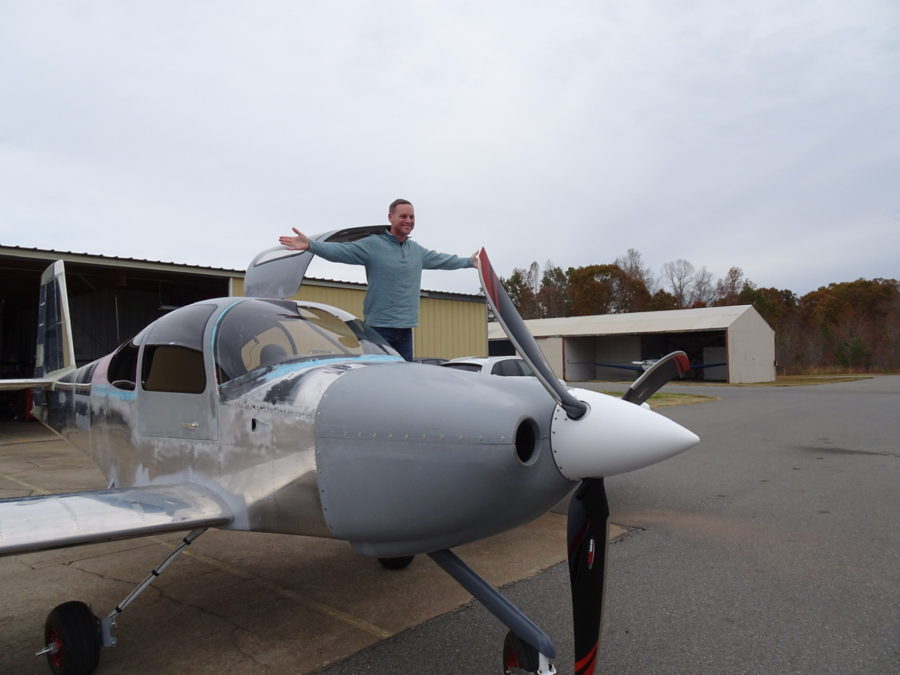
Needless to say I had the RV grin! Overall the flight went well. The plane handled beautifully and I felt that the flight was conducted in a safe manner. It was not squawk free, however! Fellow builders will understand that the excitement of success is quickly overwhelmed by the anxiety to fix issues. So here are my big take aways from the first flight:
- Smoke in the cockpit!
- Avionics calibration issues (fuel tanks and fuel computer)
- Prop governor set to over-speed prop
- Confusion on which radio is which thus transmitting on wrong frequency
- Transponder/GPS traffic configuration caused countless TRAFFIC annunciations
Highlighting the important things, the engine ran smoothly and man was it powerful! The temps all stayed below 400* which means that my hard work on baffles and plenum is paying dividends. It was fast! Much faster than I was expecting! Almost everything worked, or at least worked well enough!
The smoke was a huge Oh Shit moment for about a second or two but quickly mitigated itself. I’m sure others would disagree, but I decided to continue the flight because I was confident in what was causing it. When we purged the preservative oil out of the engine, I had not hooked up the scat tubing to the heat boxes or muffs. I had tried to soak up some oil from the heat muff but it’s hard to get a rag down in there. When I smelled the odor and noticed it didn’t continue, I put even more focus on the engine gauges and felt safe to keep flying.
The configuration issues will be sorted in time, although they are annoying, I’m not too worried about them. My biggest embarrasment was the audio panel and radio communication. With all of the playing and testing of things, I had it in my head that the AFS radio (integrated with the EFIS) was Comm 1 and the Avidyne GPS/VHF was Comm 2. Quite the opposite. Not being comfortable with button pushes and menus quite yet meant that I constantly transmitted on the wrong radio. CTAF was on Comm 1 and Dad was on Comm 2.
A huge thank you goes to every single person who has lent a hand, gave advise, answered a question, banged a rivet, help lifted something, and gotten dirty to enable me to achieve this dream. My biggest supporter, my wife, Laura, has been by me every day of this and I truly could not do it without her. I’m so glad my Dad could come up and be a part of this day, as it’s one of my proudest and to be able to share it with him, where my aviation passion stemmed from was icing on the cake.
Just to prove the landing was awesome, my Bianca Bro, Todd Kincer, caught the evidence from the ground. I’ll never make a better landing in the plane and that’s okay!

